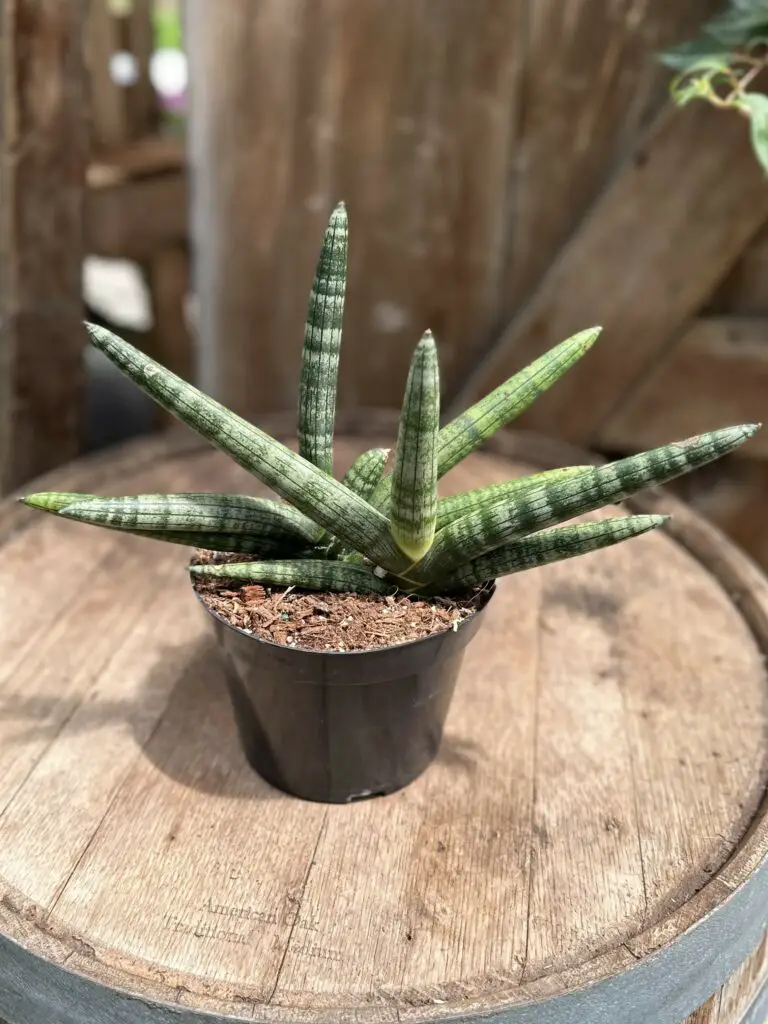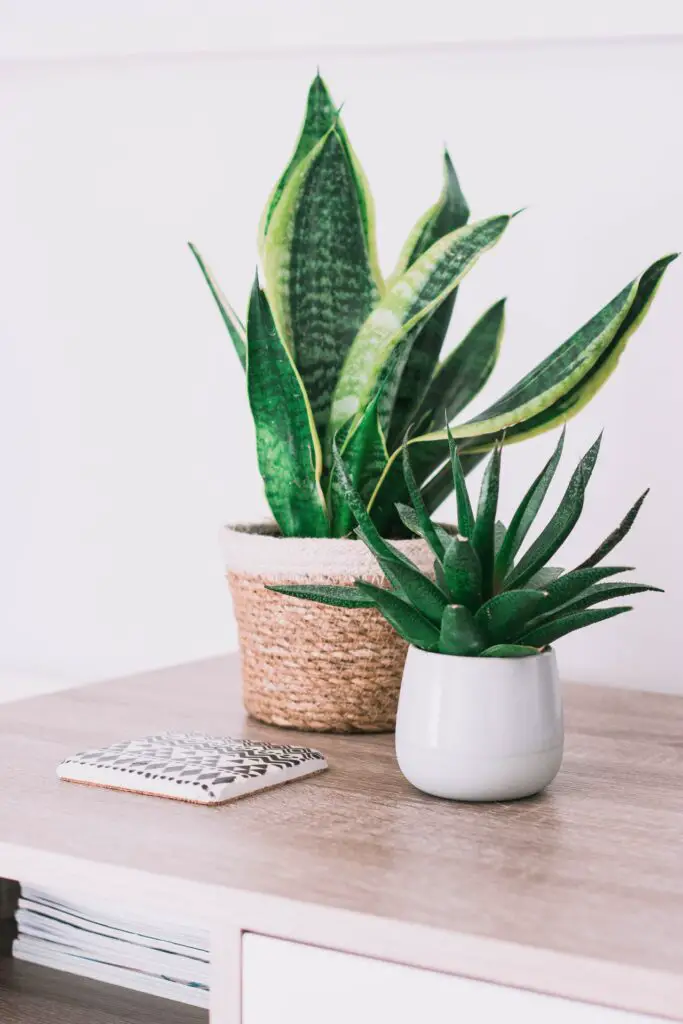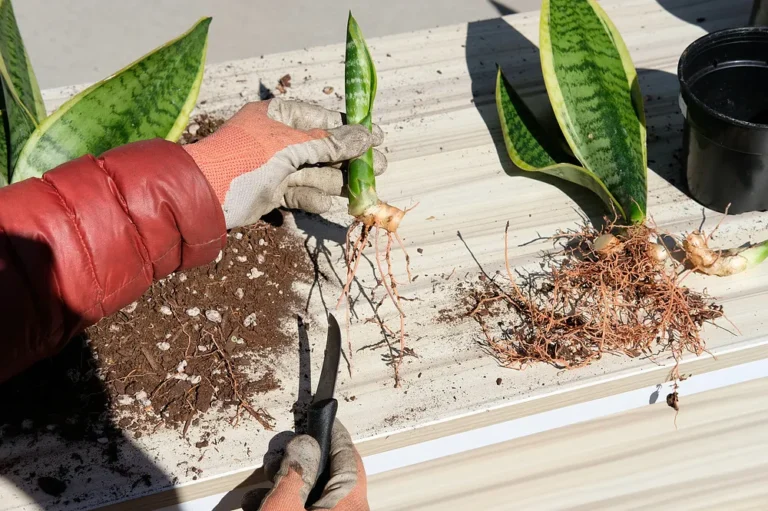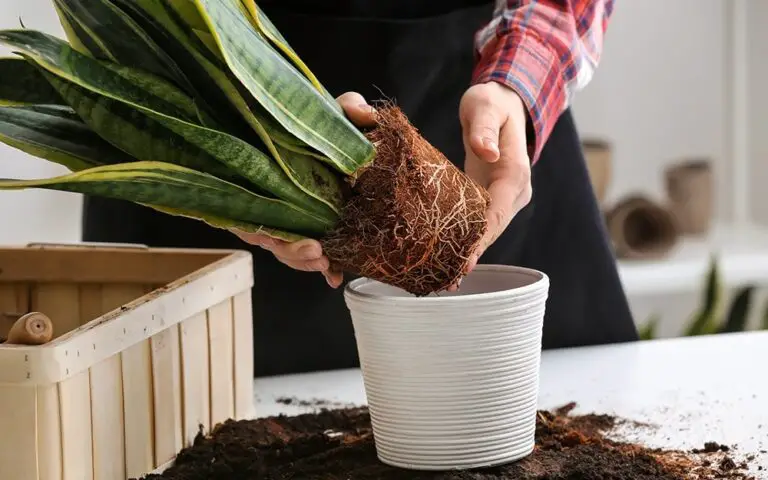Sansevieria Starfish Care Guide – Snake Plant Care

Also Known As
At A Glance
Features
Origin
The dwarf cultivar has a garden origin. The natural parent plant is native to southern Africa, specifically Angola.
Size
The mature starfish snake plant normally grows up to 1 foot tall, and 1 foot wide. Each leaf can grow about 10 inches long. Flower stalks are around 3 feet tall.
Foliage
The fan shaped foliage emerge from a base that is just above the soil level. Leaves are stiff, tubular and thick. Each leaf is green colored with pale grayish-green horizontal zigzag bands. There are dark green stripes that go lengthwise.
Flower
It's rare for this plant to flower. If grown in a bright light conditions, it can produce tall flower stalk that arises from the basal spear. The flowers are pink-budded and white in color.
Toxicity
It may be mildly toxic like most Sansevierias. So better to keep away from pets and children. If eaten, it can cause stomach problems like vomiting and diarrhea.
Growth Season
It's a slow growing plant. The Sansevierias actively grow during the spring to summer season. Flowering time can be irregular, but it can mostly happen during spring.
Pests
It's a foolproof, low maintenance plant that is difficult to kill. However, it may get attacked by mealybugs and spider mites, which can sometimes infest snake plants.
Propagation
Plant division is the best option for propagation. Base of the plant produces small leaves (pups), which usually have underground rhizomes. Carefully divide the plant so that each small section has some roots, and repot them to make new plants.
Growing Conditions
Water
Water the plant after the soil gets completely dry. Usually once every other week is enough. In winters, it can be watered once a month. Don't let the plant sit in wet soil for long, especially during winters.
Light
It can tolerate anything from the full sun to low light conditions. Ideally go for bright and indirect sunlight. A window covered by sheer curtain is one of the best places.
Soil
Well-draining, loose and sandy soil is great for this plant. A mix of potting soil and perlite can be used. You can also use soil-less potting mix for cacti and succulents. Never use a 100% dense soil.
Environment
This plant is well suited for average room temperature and humidity. Avoid frost and extremely low temperature, as it can damage the plant. 60-75°F (16-24°C) works best.


